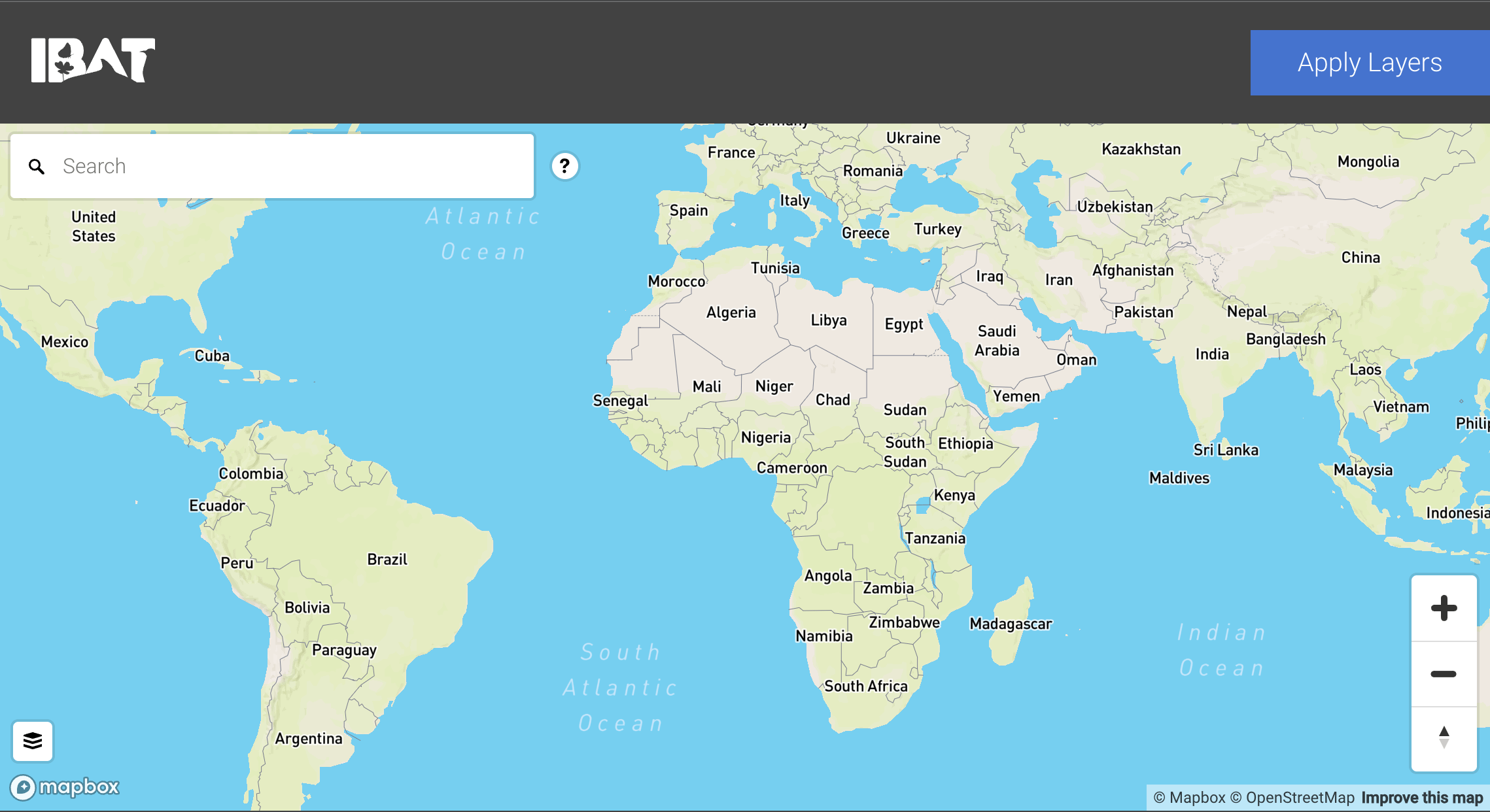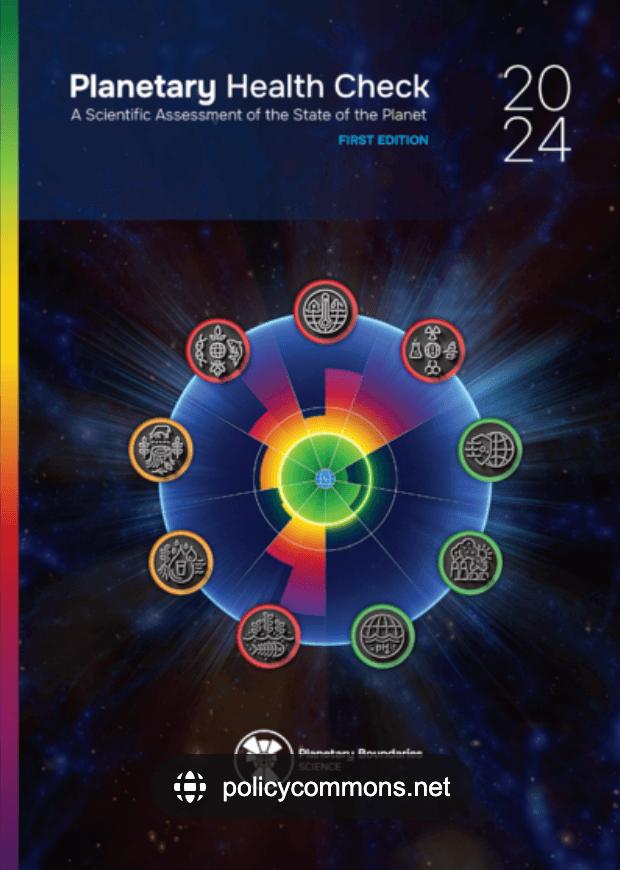Planetary Health Check 2024
Detalles
The Planetary Boundaries framework defines a science-based "safe operating space for humanity" to prevent dangerous, abrupt or irreversible large-scale environmental changes. The most recent research reveals that six of the nine planetary boundaries are now substantially exceeded.
This inaugural annual report represents a crucial step in monitoring and protecting the Earth's stability, resilience, and life-support functions, what we call "Planetary Health." Our newly established and rapidly growing international scientific partnership, called Planetary Boundaries Science (PBScience), will work on advancing the Planetary Boundaries (PB) framework by integrating new data and methodologies, while fostering innovative science communication.
The Planetary Boundaries framework analyzes and monitors the nine LP processes and systems that have been scientifically proven to regulate the health of our planet. Each of these processes, such as climate change or ocean acidification, is currently quantified using one or two different control variables. The Planetary Health Check 2024 report reveals that six of the nine LP processes have exceeded the safe levels of LPs, with all six showing trends of increased pressure across all control variables, suggesting further transgression of the boundaries in the near future.
The six LP processes that have exceeded the safe levels of the LPs are:
- Climate Change (6.1): AtmosphericCO2 levels are at a 15-million-year high, and global radioactive forcing continues to rise, with a persistent warming trend that has accelerated since the late 20th century. Global average temperatures are now higher than at any time since human civilizations emerged on Earth.
- Change in Biosphere Integrity (6.2): The global loss of genetic diversity and the loss of functional integrity (measured as the energy available to ecosystems) are exceeding safe levels and accelerating, particularly in regions experiencing intensive land use. The large decline in the integrity of the biosphere raises concerns that the Earth's biosphere is losing resilience, adaptability, and its ability to mitigate various pressures, including those arising from the transgression of other LPs.
- Earth System Change (6.3): As a result of land use and increasingly due to climate change, global and regional forests have been steadily declining in recent decades in all major forest biomes. Most regions are already in the High Risk Zone, well above their safe limits, while some areas have only recently exceeded safe levels (e.g., temperate and tropical Americas).
- Change in Freshwater (6.4): Local deviations from river flow and soil moisture have increased significantly since the late 19th century, surpassing their respective LPs in the early 20th century. Increasing variability and instability in global freshwater and terrestrial systems signal growing concerns for water resource management and environmental stability.
- Modification of Biogeochemical Fluxes (6.5): The use of phosphorus and nitrogen in agriculture has exceeded safe limit levels, driving significant ecological change. Exceeding this limit has led to serious environmental impacts such as water pollution, eutrophication, harmful algal blooms, and "dead zones" in freshwater and marine ecosystems.
- Introduction of Novel Entities (6.9): The global introduction of novel entities — such as synthetic chemicals, plastics, and genetically modified organisms — is vast, but a significant portion of these substances have not been tested for their environmental impacts. This indicates that the limit is likely to have been exceeded, although the exact figures are uncertain. Novel entities can disrupt critical Earth system processes (e.g., CFCs markedly damaged the ozone layer), damage ecosystems (e.g., pesticides have caused significant declines in insect and pollinator populations), and cause long-term, possibly irreversible, changes in the environment, including contamination of soil and water bodies and alteration of natural habitats.
Recursos relacionados

Integrated Biodiversity Assessment Tool’s biodiversity map
The TNFD and the Integrated Biodiversity Assessment Tool (IBAT) have collaborated to create an integrated and publicly accessible version of…
Europe’s environment 2025. Europe’s environment and climate: knowledge for resilience, prosperity and sustainability
Five-year report on the state of the European environment. This 2025 edition warns about how the alarming state of environmental…
Streamlining sustainability reporting: Mapping the voluntary EMAS against the ESRS
The European Commission and EFRAG have collaborated to identify synergies between the EMAS (Eco-Management and Audit) System and the new…


